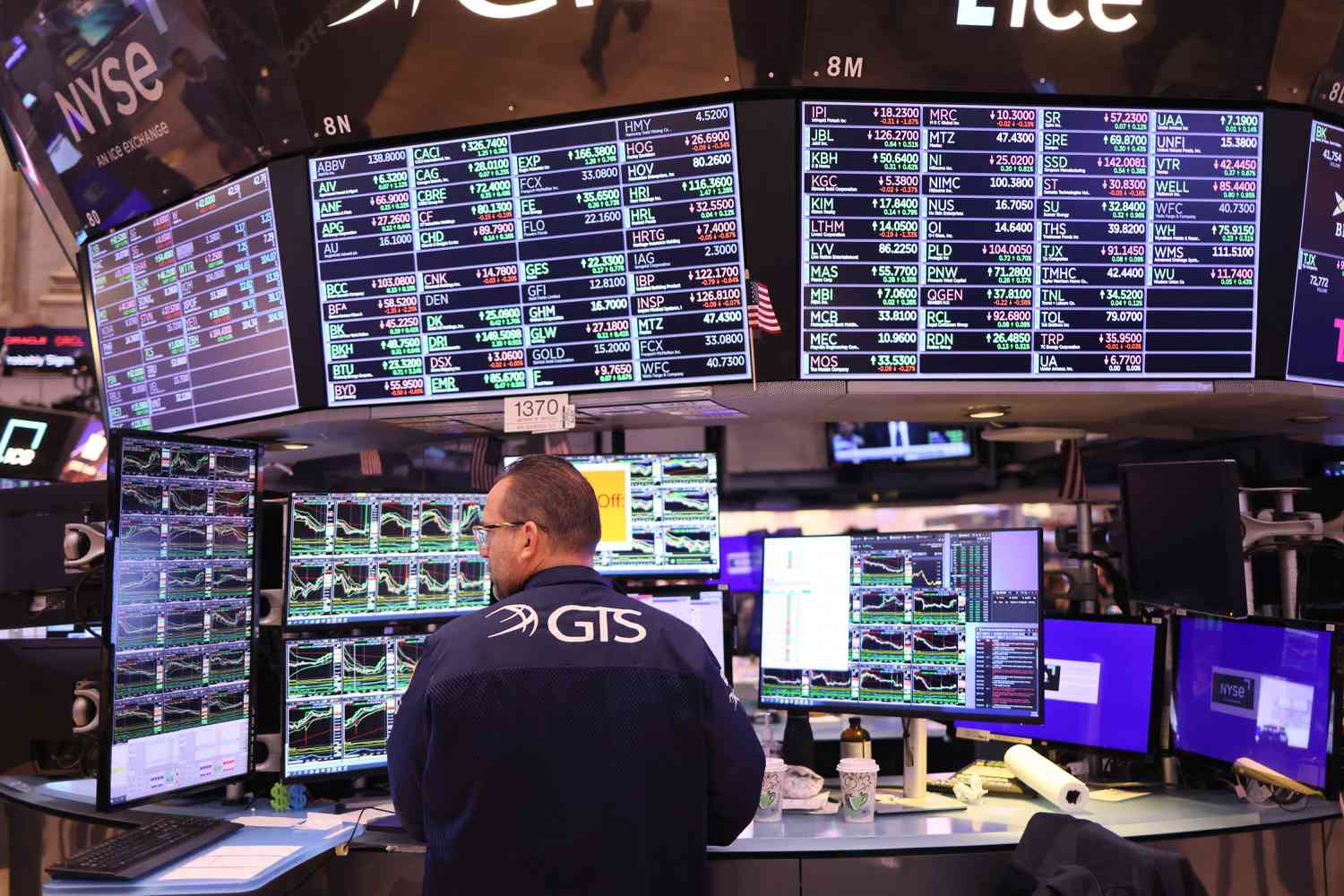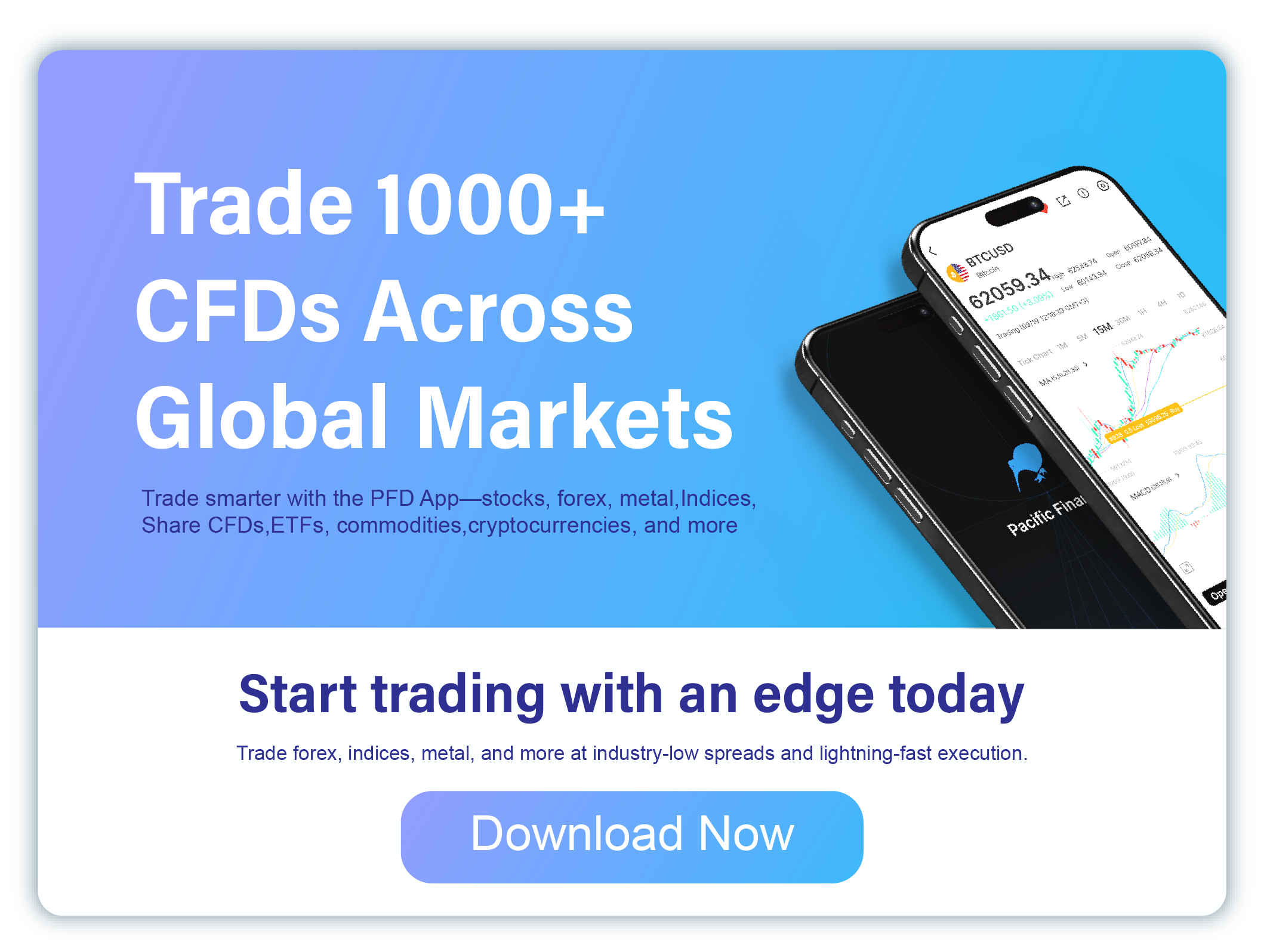Extended-hours trading, which includes both pre-market and after-hours sessions, is crucial for traders who want to seize market movements beyond the traditional trading hours. This flexibility allows traders to respond to breaking news and events that happen outside regular market hours, potentially providing unique opportunities. However, it also carries risks like reduced liquidity and increased volatility, which can impact trade execution and price fluctuations. Understanding the intricacies of extended-hours trading is key for CFD (Contracts for Difference) traders who are navigating price movements of their underlying assets like stocks, ETFs, or other exchange-traded products. Additionally, PFD Markets offers pre- and post-market trading on the Magnificent 7 tech share CFDs, allowing traders to react to fast-moving market events in real-time.
TL;DR
- Extended-hours trading allows buying and selling outside normal market hours, from 4:00 a.m. to 8:00 p.m. EST.
- This includes both pre-market (before 9:30 a.m. EST) and after-hours (after 4:00 p.m. EST) trading.
- Trading during these times is conducted through Electronic Communication Networks (ECNs), but it comes with risks like lower liquidity and higher volatility.
- PFD Markets provides pre- and post-market trading on the Magnificent 7 tech share CFDs, offering swift reactions to market changes.
What Is Extended-Hours Trading?
Before we explore further, it’s important to note the differences between traditional stock trading and CFD trading. When you buy a traditional stock, you gain partial ownership of the company, including rights and responsibilities. On the other hand, CFDs are financial derivatives based on underlying assets like stocks, and they allow traders to leverage positions. This leverage can lead to larger potential profits but also increases the risk of significant financial losses.
Extended-hours trading refers to the buying and selling of securities outside the standard trading hours of major exchanges. However, for CFDs based on indices like the S&P 500 or Nasdaq (US-TECH 100), the availability of extended trading may vary depending on the trading platform used. The extended hours consist of after-hours trading, which takes place after the market closes, and pre-market trading, which occurs before the market officially opens. These sessions allow traders to place orders to buy or sell securities, but the rules and trading conditions may differ from regular market hours. For example, some brokerages might only accept limit orders during extended hours, while others may allow various order types.
The trading windows for these sessions typically run from 4:00 a.m. to 9:30 a.m. EST for pre-market, and from 4:00 p.m. to 8:00 p.m. EST for after-hours trading.
Understanding Extended Trading: How Does It Work?
Extended-hours trading is facilitated by Electronic Communication Networks (ECNs), which allow trades to occur outside of the traditional exchange hours. Unlike standard trading, where trades are conducted through exchange systems, ECNs match buy and sell orders automatically, enabling investors to act quickly in response to breaking news. The rules governing extended trading vary by brokerage. For example, some brokers may only permit limit orders, while others may allow different order types. Trading volume during extended hours is typically higher near market open and close times, with most pre-market activity happening between 8:00 a.m. and 9:30 a.m. EST, while after-hours activity usually diminishes by 6:30 p.m. EST.
What Is a Trading Session?
A trading session refers to the specific hours when an asset or market is actively traded. These hours differ depending on the market type and location. For example, the U.S. market operates from 9:30 a.m. to 4:00 p.m. EST, while other markets, such as bonds, futures, and forex, may have different trading hours. Globally, markets are divided into regional trading sessions, such as the Asian, European, and North American sessions, each reflecting the working hours of the financial centres in those regions.
What Is an Electronic Market?
Electronic markets are platforms that enable the trading of securities such as stocks and ETFs via digital networks. Unlike traditional markets where transactions occur on physical trading floors, electronic markets use computers and communication systems to connect buyers and sellers. One of the most well-known examples of an electronic market is the Nasdaq, which has operated online since the 1970s. Today, electronic markets have expanded access to trading, allowing individuals to engage in stock transactions through brokerage platforms. These platforms offer real-time pricing, portfolio tracking, and fast trade execution, making trading more efficient and less costly compared to traditional methods.
Example of Extended Trading in the Stock Market
Imagine that Apple (AAPL) announces strong quarterly earnings after 5:30 p.m. EST, but the New York Stock Exchange has already closed for the day. A trader, seeing the positive news, wants to act quickly. Using an ECN for extended-hours trading, the investor places a limit order to buy Apple shares. The order is executed at 6:00 p.m. EST, allowing the trader to capitalize on the news before the market officially reopens the following morning at 9:30 a.m. EST.
What Is Pre-Market Trading?
Pre-market trading refers to the stock trading that occurs before the official market open, typically starting at 4:00 a.m. EST for U.S. exchanges. This window allows investors to react to news and events that happen outside regular market hours. Pre-market trading is part of extended-hours trading, which also includes after-hours trading.
Pre-Market Trading Benefits
Pre-market trading offers several advantages. It allows investors to react to breaking news before the official market opens. For instance, if a company releases earnings overnight, traders can place orders in the pre-market session, potentially securing better prices. Additionally, pre-market trading can offer insights into how the market might behave once it opens, helping investors adjust their strategies for the day.
Pre-Market Trading Risks
While pre-market trading provides opportunities, it also comes with risks. Lower liquidity is one major concern, as fewer participants are active during these hours. This can result in wider bid-ask spreads and make it more difficult to execute trades at desired prices. Price volatility can also be more pronounced, and because fewer market participants are involved, prices may not accurately reflect the stock’s true value. Some brokers also impose restrictions on pre-market trading, such as limiting the types of orders or securities available, which adds an extra layer of complexity and risk.
What Is After-Hours Trading?
After-hours trading allows investors to buy and sell securities after the standard market session closes. While U.S. exchanges typically operate from 9:30 a.m. to 4:00 p.m. EST, after-hours trading occurs from 4:00 p.m. to 6:00 p.m., with some sessions extending to 8:00 p.m. After-hours trading occurs through ECNs, allowing investors to act without being physically present on the trading floor.
After-Hours Trading Benefits
After-hours trading offers several advantages, such as the ability to react to news released after market hours. For example, if a company announces earnings in the evening, investors can buy or sell stock immediately rather than waiting for the next day’s open. After-hours trading also enables traders to respond to global events, such as political shifts or international market movements, which could influence stock prices before the next market session begins.
After-Hours Trading Risks
After-hours trading has its own risks. Lower liquidity is one concern, as fewer participants are trading, leading to wider bid-ask spreads and less favorable execution prices. Additionally, individual traders may find themselves competing against larger institutional investors with more resources and expertise. Price volatility is another risk, as prices can fluctuate more dramatically with less trading activity.
How Pre-Market and After-Hours Trading Affect Stock Prices
Stock prices during pre-market and after-hours trading can be more volatile than during regular market hours. Lower liquidity often results in larger price swings with small trade volumes. Additionally, stock prices can be influenced by news that emerges outside regular trading hours, such as earnings reports or geopolitical events. These price movements can set the tone for the following trading day and affect opening prices.
FAQ
- What Time Are Pre-Market and After-Hours Trading? Pre-market trading runs from 4:00 a.m. to 9:30 a.m. EST, and after-hours trading occurs from 4:00 p.m. to 8:00 p.m. EST.
- Does After-Hours Trading Affect Pre-Market Trading? Yes, after-hours trading can influence pre-market trading, as stock movements during extended hours often carry over into the next session.
- How Can I Get Started with Extended-Hours Trading? Many brokers offer access to pre-market and after-hours trading. Make sure to choose a broker with ECN capabilities and low fees for these sessions.










